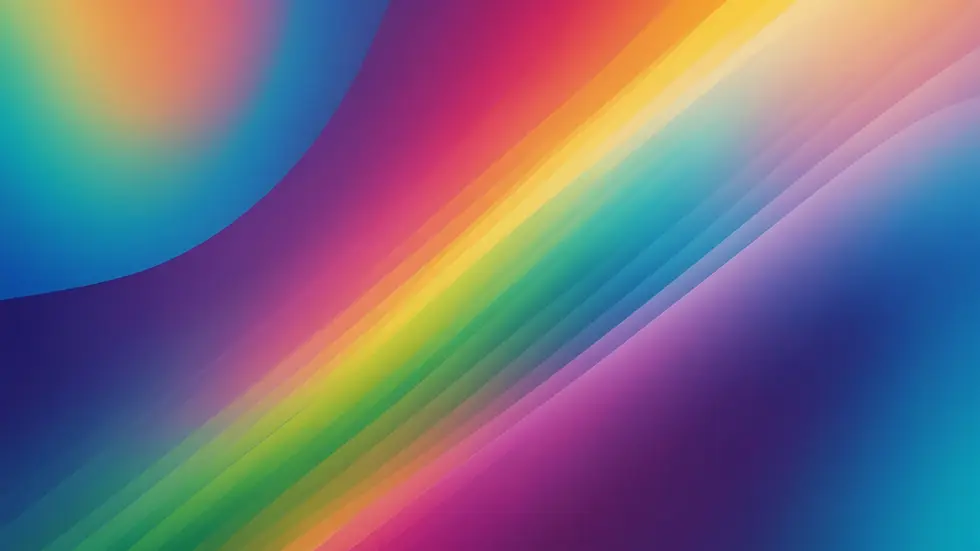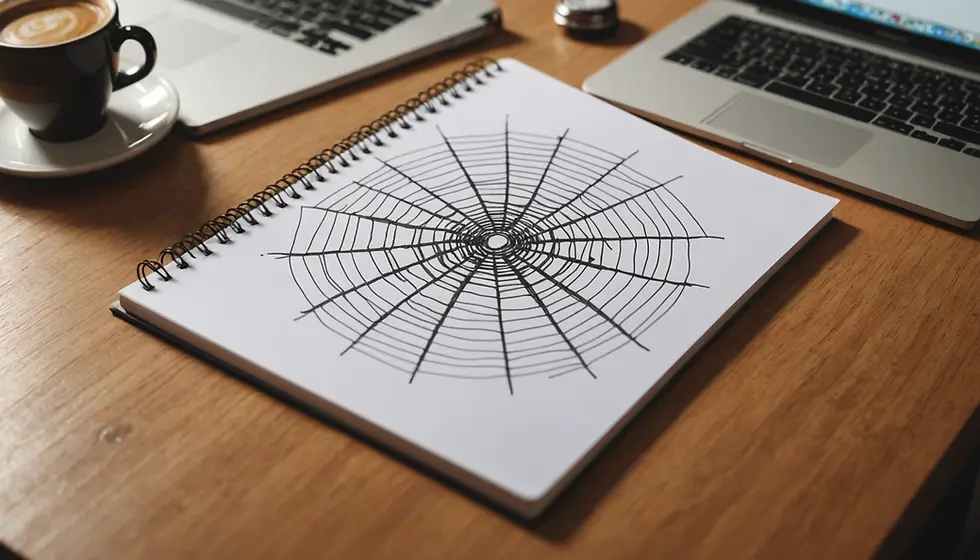What are the latest graphic design trends for a fresh and modern look?
- Feb 28
- 3 min read
Updated: Mar 2
In today's fast-paced digital landscape, graphic design is constantly evolving. Keeping up with the latest trends is not just beneficial but necessary for creating eye-catching visuals that resonate with audiences. As culture shifts and technology advances, new styles and techniques emerge. This blog post will explore some of the most exciting graphic design trends, guiding you toward achieving a fresh and modern aesthetic that stands out.
Bold Typography
Typography has become a striking element in graphic design. Designers are choosing larger and more expressive fonts that grab attention. For instance, headlines in promotional materials may feature oversized typefaces that are 150% larger than standard text sizes. This approach makes the typography itself a focal point. A great example is the campaign for Beyoncé’s “Black Is King,” which used bold fonts to emphasize messages of empowerment and artistry. By making the text a visual centerpiece, designers can convey emotions and establish brand voices more powerfully.
Minimalism with a Twist
While minimalism continues to thrive, fresh twists keep it engaging. Designers now embrace negative space, geometric shapes, and unexpected color accents. A study showed that 60% of top-performing brands used minimalist design principles, yet added unique elements to stand out. For instance, Airbnb's landing page combines simplicity with vibrant imagery, allowing color pops to guide user attention without overwhelming them. This creative minimalism maintains a clean look while sparking interest.
Vibrant Gradients
Gradients are no longer confined to two colors. They now feature multiple hues that add depth and personality. Designers use gradients in backgrounds and typography to create engaging visuals. Research indicates that using vibrant gradients can increase viewer engagement by up to 30%. A popular example is Instagram's logo, which utilizes a smooth gradient blend of pink, orange, and purple, creating a modern and inviting feel. Such color transitions evoke emotional responses, making them ideal for brands aiming for a deeper connection with their audience.

Nostalgic Retro
Nostalgia is a powerful design tool, bringing back styles from the '70s, '80s, and '90s to create a sense of warmth and familiarity. Today, graphic designers incorporate bold colors and playful patterns reminiscent of these eras. For example, the recent resurgence of pastel-colored ads elegantly harks back to the '80s aesthetic. This trend not only appeals to older demographics but also captures the interest of younger audiences discovering retro styles. Companies like Coca-Cola have successfully integrated nostalgic designs in campaigns, triggering memories and emotions.
Custom Illustrations
In a world flooded with stock images, custom illustrations stand out by offering authenticity. Brands leverage hand-drawn elements to showcase their uniqueness. Statistics reveal that 75% of consumers are more likely to remember and engage with branded content that includes original illustrations. For instance, Mailchimp's marketing uses quirky, custom artwork that aligns with its brand identity, making the platform feel personable and relatable. These illustrations tell a story and create a memorable association between the brand and its audience.
Interactive Design
As digital media expands, so does the focus on interactivity in graphic design. Elements like animated graphics and scroll effects invite users to engage in new ways. Reports show that interactive content boosts retention rates by 70%. An excellent example is the “Dior Love Chain” campaign, which encouraged users to contribute to a virtual mosaic by sharing their messages. By combining engaging visuals with user interaction, brands can create immersive experiences that enhance user engagement.
Final Thoughts
The graphic design landscape is vibrant and ever-changing. Trends like bold typography, creative minimalism, multi-color gradients, nostalgic retro styles, custom illustrations, and interactive designs reflect innovation and creativity. By integrating these contemporary trends, designers can elevate their projects and cultivate meaningful connections with audiences. Staying aware of these developments is essential to ensure your work remains relevant in a fast-paced digital world. Keep experimenting, push design boundaries, and achieve that fresh look that resonates with viewers!



Comments